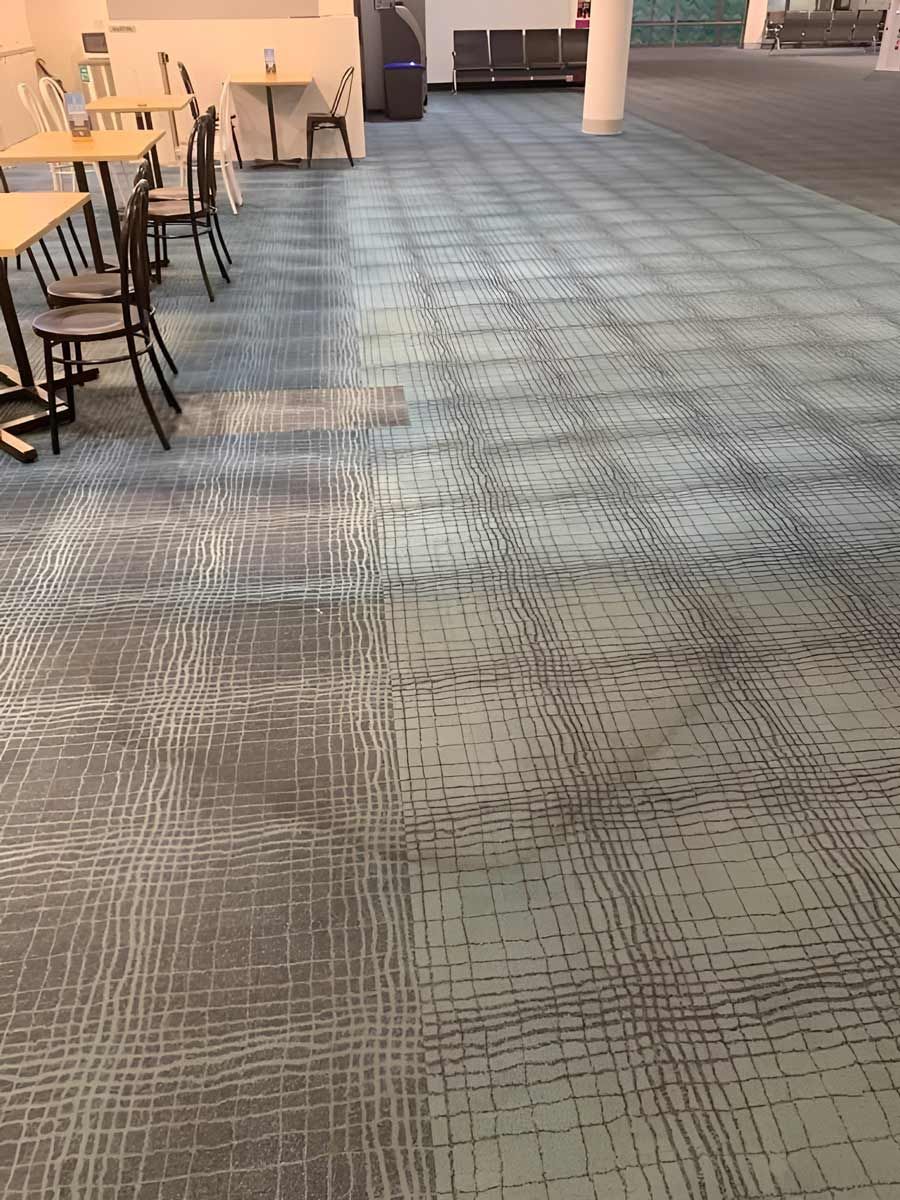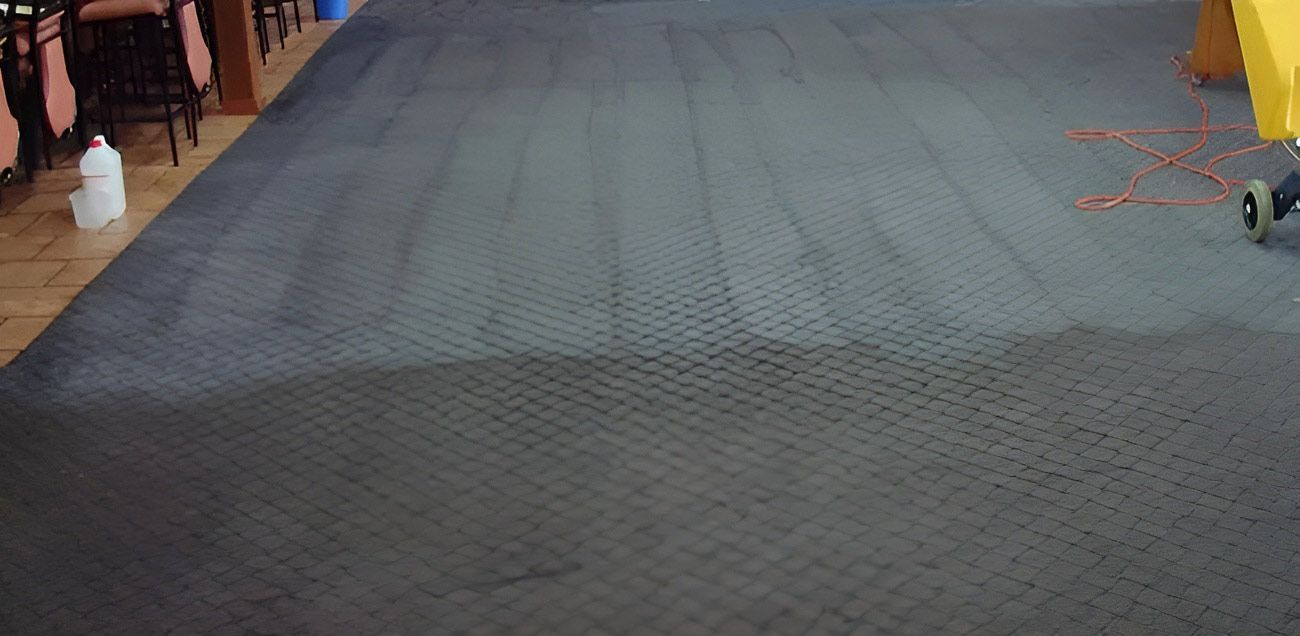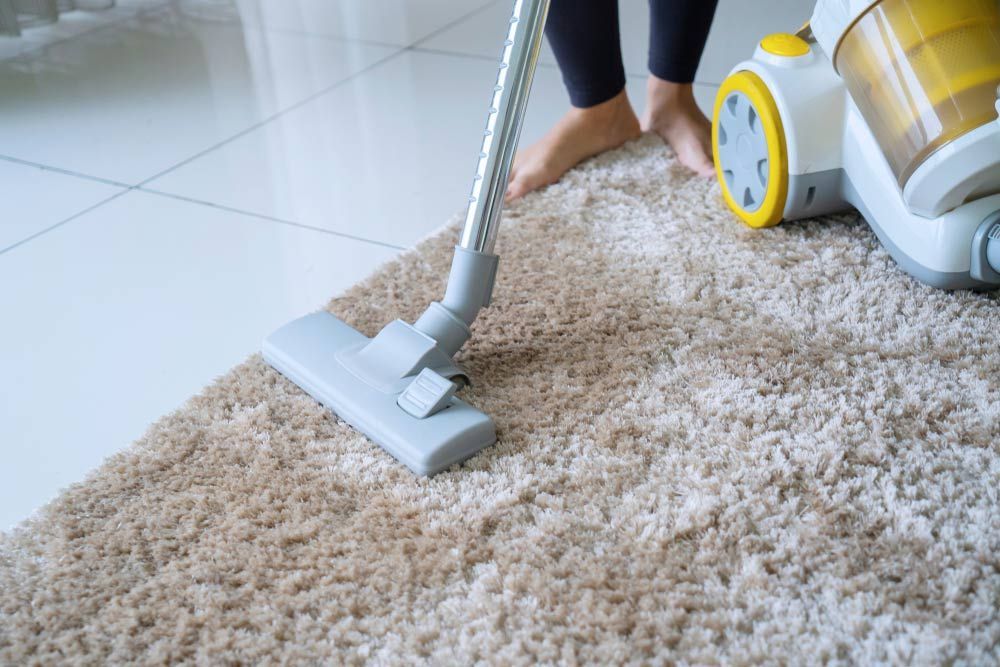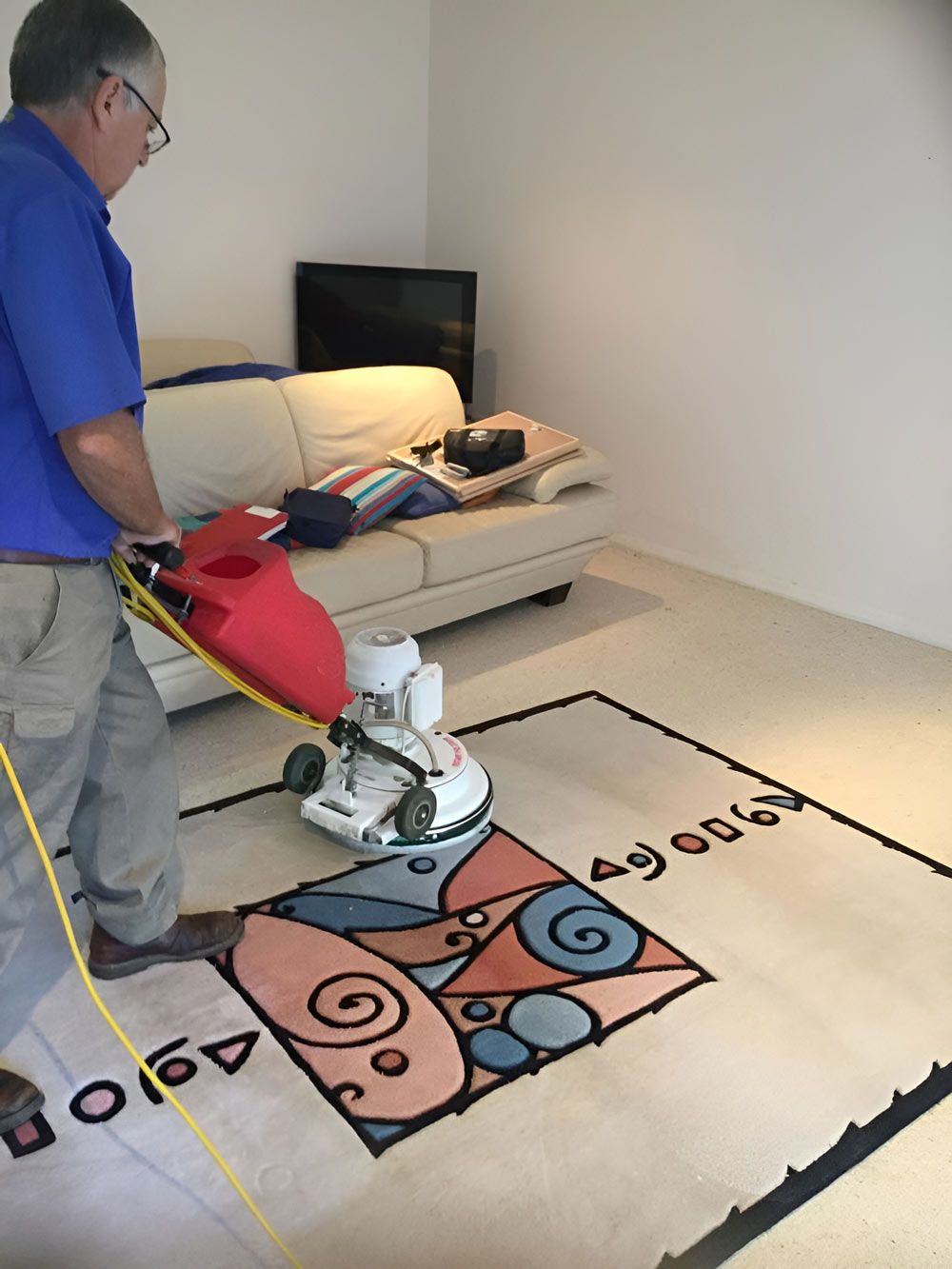What Causes Recurring Mould Problems in Newcastle Homes?
It’s a scene all too familiar for many homeowners: you scrub away the unsightly patches of mould from the ceiling or wall, only to have it reappear a few weeks later—stronger and more stubborn than before. Recurring mould is more than just a cosmetic issue. It often indicates a deeper problem with moisture, ventilation, or hidden damage within your home.
For residents of Newcastle, where humidity levels fluctuate and coastal weather patterns dominate, persistent mould problems are especially common. In this blog, we’ll explore the most frequent causes of recurring mould in local homes—and why a simple clean-up job is rarely enough.
Leaky Roofs & Cracked Pipes: How Hidden Moisture Fuels Mould Growth
Mould thrives in damp environments, and nothing fuels it more reliably than slow, hidden leaks. Newcastle’s seasonal rainfall can expose even minor flaws in your roofing or plumbing, leading to undetected moisture build-up over time.
These small leaks often go unnoticed until significant mould growth has occurred behind walls, in ceilings, or beneath floors. The longer moisture lingers, the more entrenched the mould becomes.
Here are common areas to inspect for hidden leaks:
- Roof cavities, especially after prolonged rain
- Under sinks and around dishwashers or washing machines
- Behind bathroom walls or under floor tiles
Moisture left unchecked in these areas creates the perfect breeding ground for recurring mould colonies.
Poor Ventilation: The Silent Trigger Behind Persistent Mould
Ventilation plays a crucial role in controlling indoor humidity levels. Without consistent airflow, areas like bathrooms, laundries and kitchens trap warm, moist air—leading to condensation that settles on walls, ceilings, and window frames.
When this moisture is not allowed to escape, mould begins to grow and spread. Simply cleaning these surfaces might remove visible mould, but it won’t fix the underlying problem if poor ventilation continues.
Key rooms where poor airflow causes mould:
- Bathrooms: Steamy showers without an exhaust fan quickly lead to ceiling mould.
- Kitchens: Cooking without a rangehood traps moisture and heat.
- Laundries: Unvented dryers and damp clothes raise indoor humidity.
Humid Climates & Coastal Living: Why Newcastle Homes Are at Greater Risk
Living in a coastal area like Newcastle has its perks, but the increased humidity and salt-laden air also raise the risk of mould, particularly in older homes or properties with inadequate moisture control.
Humidity encourages condensation to form on cool surfaces such as windows, tiles, or external walls—especially during seasonal temperature swings. These microclimates inside your home offer the ideal conditions for mould to take hold and multiply.
Watch out for these localised high-humidity zones:
- Bedrooms with poor air circulation and closed windows
- Wardrobes and cupboards on external walls
- Older timber homes with limited insulation
DIY Mould Cleaning Mistakes That Make Things Worse
Many homeowners attempt to combat mould with over-the-counter sprays, bleach solutions, or elbow grease. While this may temporarily clean the visible patches, it rarely solves the root cause and can often spread spores further around the home.
In some cases, these methods can agitate the mould, releasing more airborne spores that resettle in other damp areas, restarting the cycle of infestation.
Here are some DIY techniques that often fail:
- Using bleach on porous surfaces (bleach can’t penetrate and leaves spores behind)
- Wiping mould with dry cloths or brushes (this spreads spores into the air)
- Painting over mould without treatment (traps spores underneath)
Structural Issues That Trap Moisture Inside Your Home
Some recurring mould problems are less about day-to-day activities and more about the way the home is built. Structural deficiencies can cause moisture to accumulate in places that aren’t easy to see or reach.
In homes without proper subfloor ventilation or waterproofing, mould can take root in dark, damp zones and spread unnoticed until it breaks through walls or floors.
Watch out for these structural contributors:
- Rising damp from poor subfloor drainage or a lack of barriers
- Cracks in external walls letting in rainwater
- Insufficient insulation allowing interior walls to cool and attract condensation
These issues require more than surface cleaning—they demand structural intervention and professional remediation.
Everyday Habits That Contribute to Ongoing Mould Build-Up
Daily routines can unknowingly contribute to a mould-friendly environment. Even with good construction and ventilation, mould may continue to return if everyday practices trap moisture indoors.
Pay attention to these common habits:
- Drying clothes indoors without a dehumidifier
- Using unflued gas heaters that release moisture
- Overwatering indoor plants, which raises room humidity
- Keeping windows closed all day, especially in bathrooms
- Leaving shower recesses wet and unventilated
Why Visible Mould is Only Half the Problem
The mould you see on a ceiling or wall is often only a small part of a much larger issue. Mould can grow undisturbed in places you rarely check—behind plasterboard, inside air conditioning ducts, under carpets or in insulation.
Surface-level cleaning only addresses the symptom, not the cause. This is why mould seems to return even after you've spent time scrubbing it away.
Look out for these hidden mould hotspots:
- Wall cavities where plumbing leaks have occurred
- Carpet underlay after minor flooding or spills
- Air conditioning ducts and vents where spores can circulate
Without investigating these hidden areas, your mould problem will likely continue.
The Importance of Professional Mould Assessment & Remediation
When it comes to recurring mould, professional remediation is not a luxury—it’s a necessity. A mould removal specialist in Newcastle can identify the source of the moisture, safely remove existing growth, and apply treatments that inhibit future regrowth.
Professional mould removal involves much more than wiping down affected areas. It includes air quality testing, moisture mapping, spore containment and safe disposal. More importantly, it addresses the root cause—whether that’s a leak, structural fault or humidity issue.
A qualified mould remediation team will:
- Conduct a comprehensive assessment of the affected property
- Identify the moisture source and propose solutions
- Remove mould safely using industry-compliant practices
- Recommend ventilation, structural or preventative upgrades
It’s this level of detail and care that ensures your home stays mould-free over the long term.
Ready to Address Mould? Start With Mould Removal Near You
At
Dryology, we understand the frustration and health risks caused by persistent mould issues. Our
mould removal services in Newcastle go beyond surface cleaning to treat the root causes—ensuring your home stays dry, safe, and free from recurring mould. Whether you’re dealing with a long-term issue or a recent outbreak, we’re here to help.
Contact us today.









